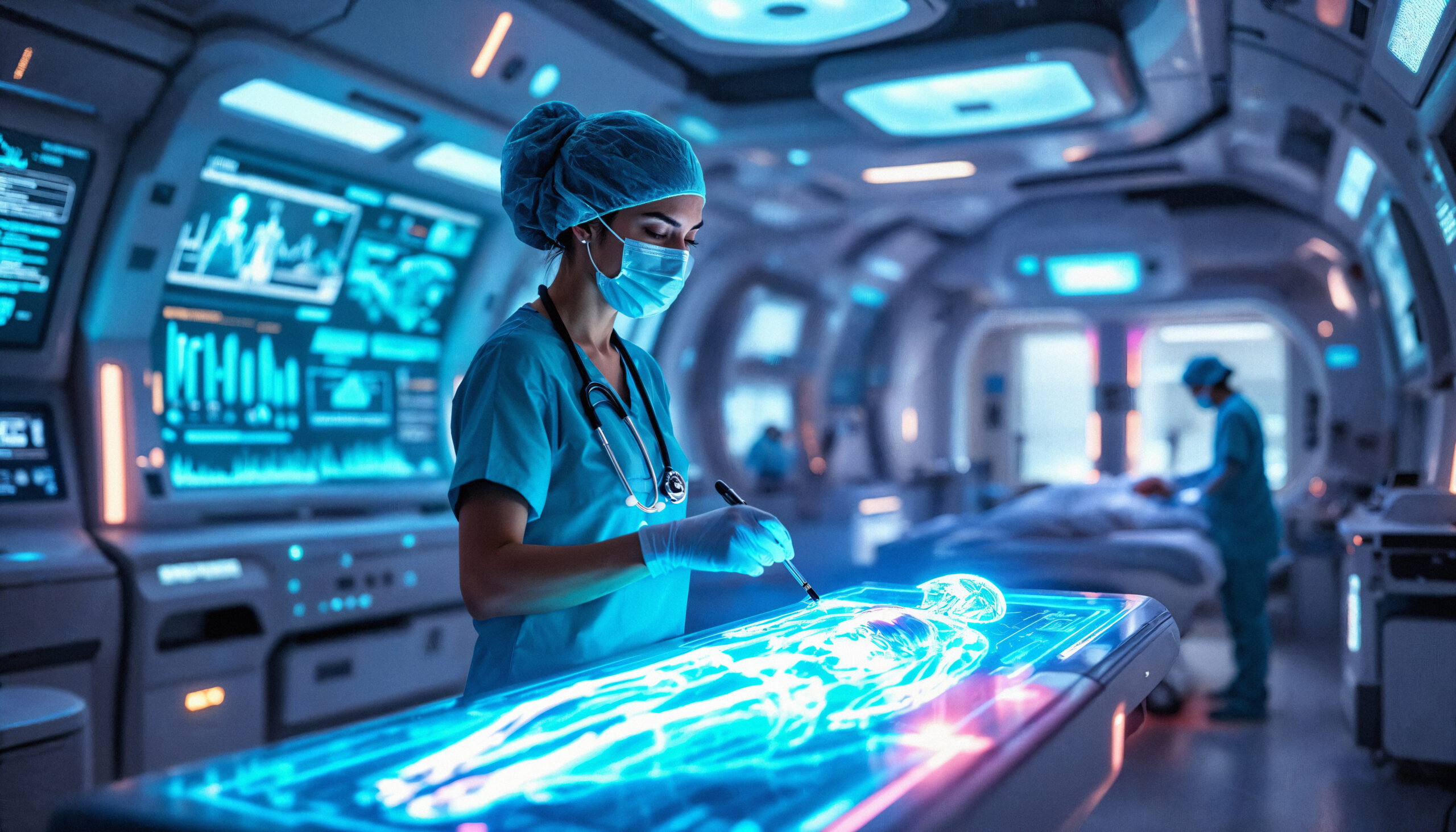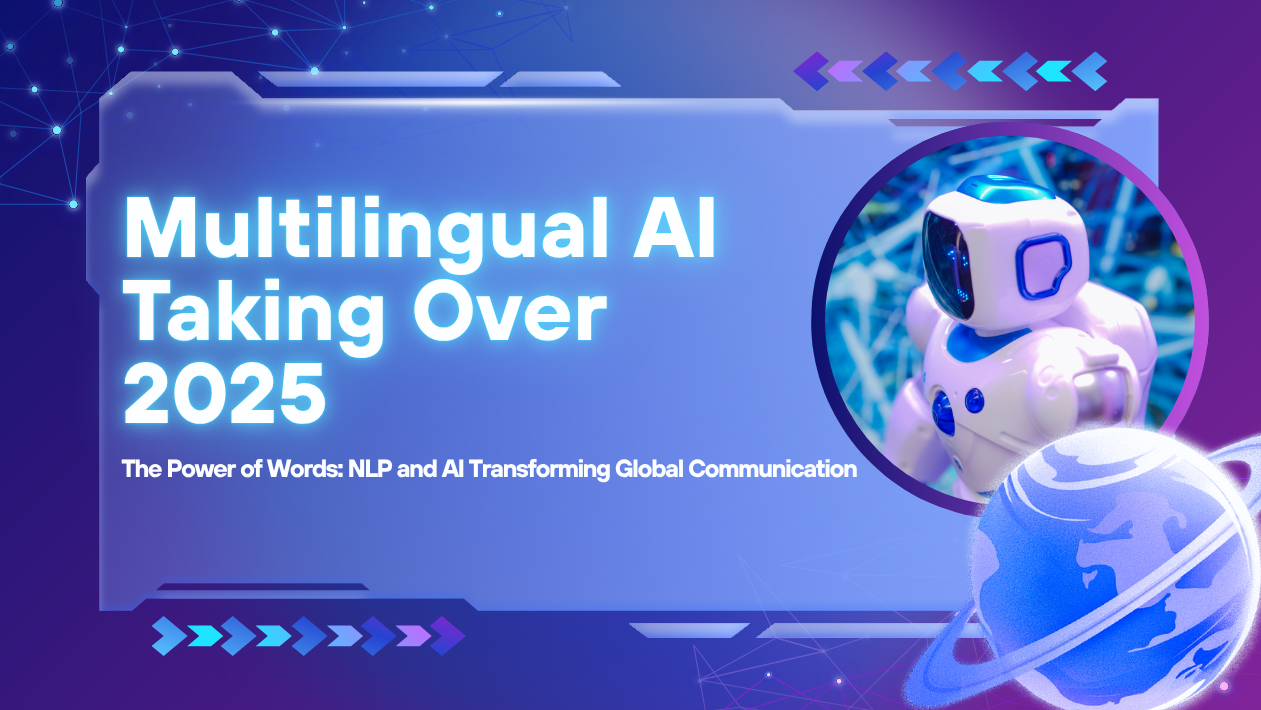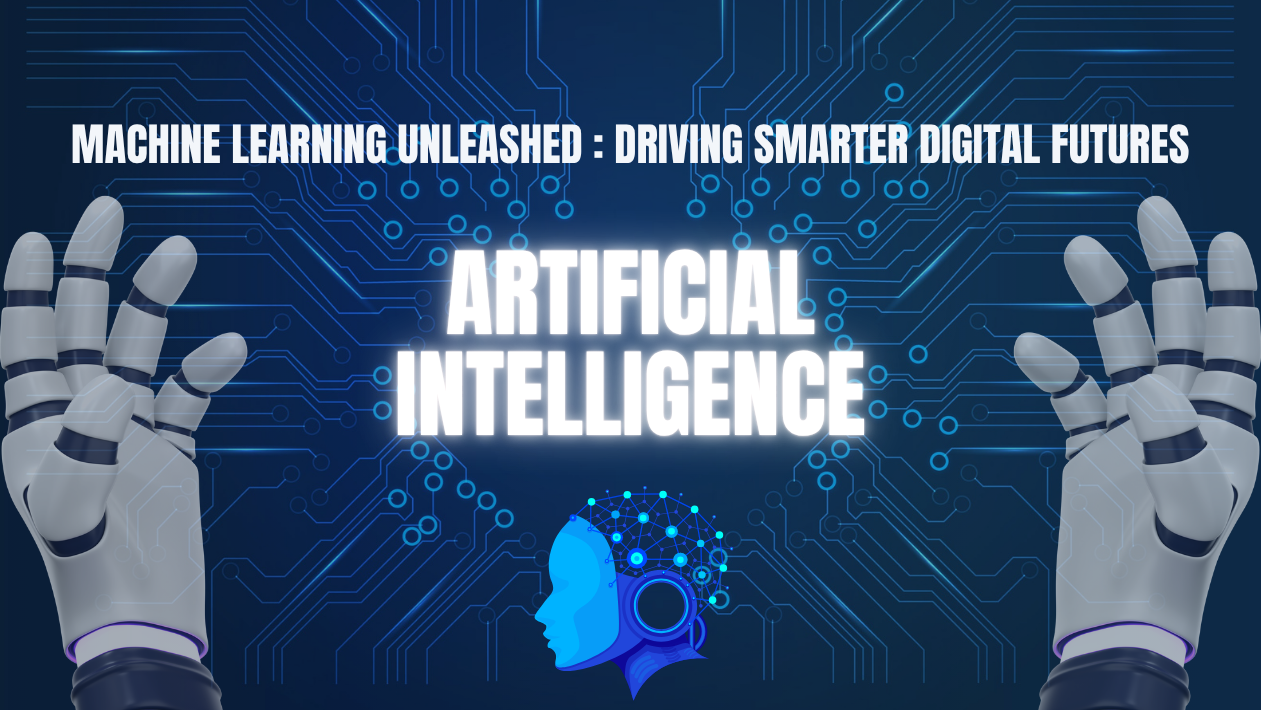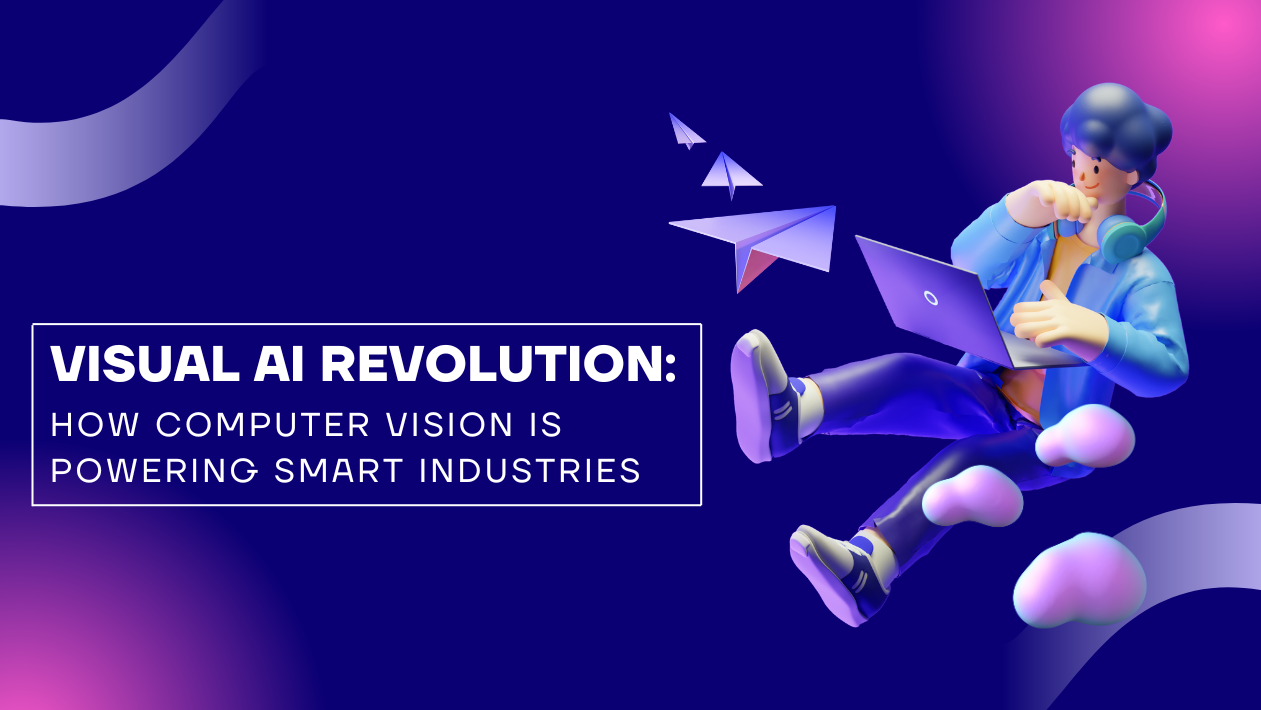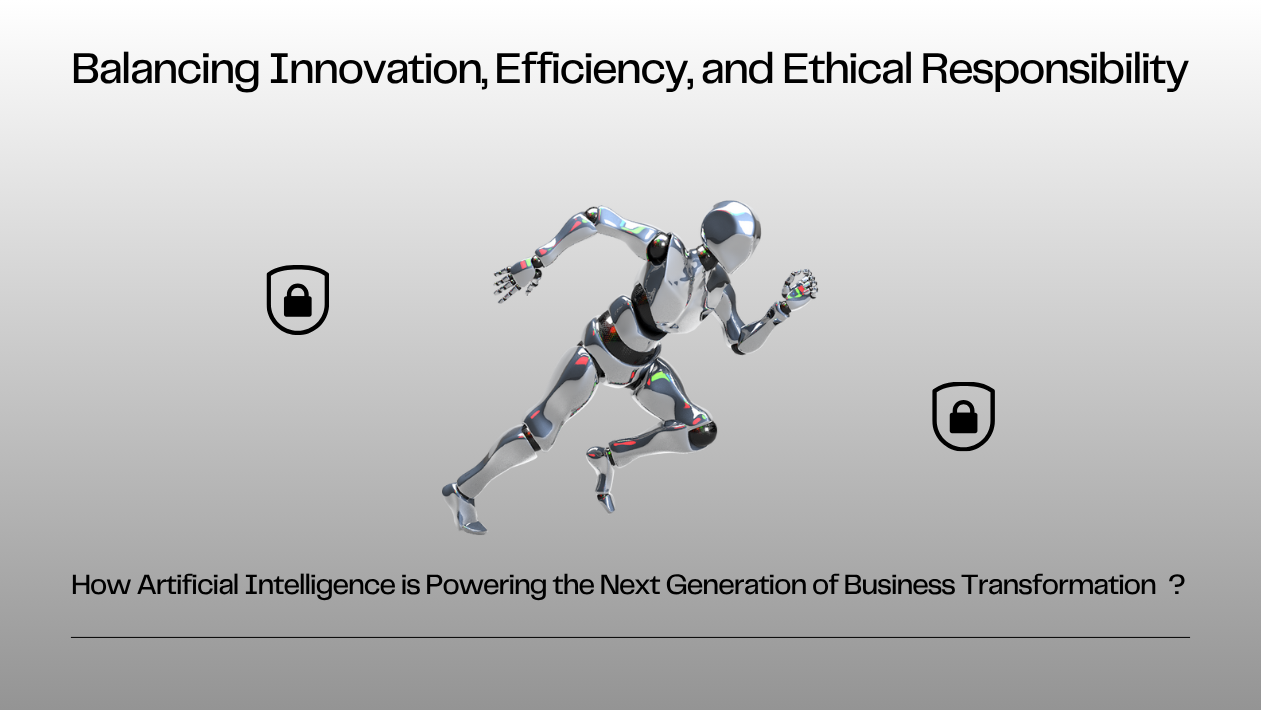The field of Computer Vision (CV) is evolving rapidly in 2025, with real-world applications now spanning healthcare, manufacturing, retail, agriculture, transportation, and beyond. Driven by deep learning advancements, edge computing, and ever-growing image datasets, computer vision systems are becoming more accurate, faster, and embedded in everyday technology.
Smart Surveillance & Public Safety See Major Boost
Governments and private sectors are expanding use of computer vision for real-time threat detection, crowd analytics, and anomaly recognition. Modern CCTV systems can now detect weapons, unattended bags, and even recognize emotional distress, helping law enforcement respond faster.
However, concerns about privacy and surveillance ethics have prompted increased calls for regulation and transparent deployment.
Healthcare: Computer Vision Assists in Diagnostics and Surgery
In hospitals, computer vision is helping detect tumors, fractures, and neurological conditions from imaging scans with higher-than-human accuracy. Startups and research labs are also developing AI-assisted surgical robots that use vision to guide procedures with sub-millimeter precision.
Ophthalmology and dermatology are two fields where CV tools are aiding in early disease detection through smartphone-based imaging.
Retail & E-Commerce Turn to Visual AI
Retailers like Amazon, Zara, and IKEA are integrating CV to power checkout-free stores, visual search engines, and inventory tracking. Shoppers can now scan products to find matching styles, detect in-store product locations, or check sizing recommendations via augmented reality (AR) tools.
Manufacturing & Logistics: Quality Control Goes Autonomous
Factory floors are being transformed by CV-powered systems that inspect products at lightning speed for defects, misalignment, or anomalies. In logistics, drones and robotic systems equipped with visual AI are streamlining warehouse operations, package sorting, and delivery validation.
Agriculture Embraces Crop Monitoring and Yield Prediction
In agritech, drones equipped with computer vision can assess crop health, detect pests, and identify irrigation issues across large-scale farms. These tools help boost yields, reduce chemical use, and support sustainable farming practices globally.
Transportation: CV Enables Safer, Smarter Mobility
From autonomous vehicles to smart traffic systems, CV is a core enabler of next-gen mobility. Real-time object detection, pedestrian tracking, and road sign recognition are critical to making self-driving cars and urban infrastructure safer and more adaptive.
Challenges: Bias, Ethics, and Energy Use Remain in Focus
Despite breakthroughs, computer vision systems still face challenges around bias in datasets, lack of transparency, and high energy consumption in model training and deployment. Researchers are prioritizing explainable AI (XAI) and green AI methods to build more responsible systems.
The Road Ahead: Vision That Thinks
Looking forward, CV models are being trained to understand context, causality, and multi-modal data—enabling them to not just “see,” but interpret and act. Combined with natural language processing and edge AI chips, the next frontier is autonomous, low-latency, real-world interaction.

